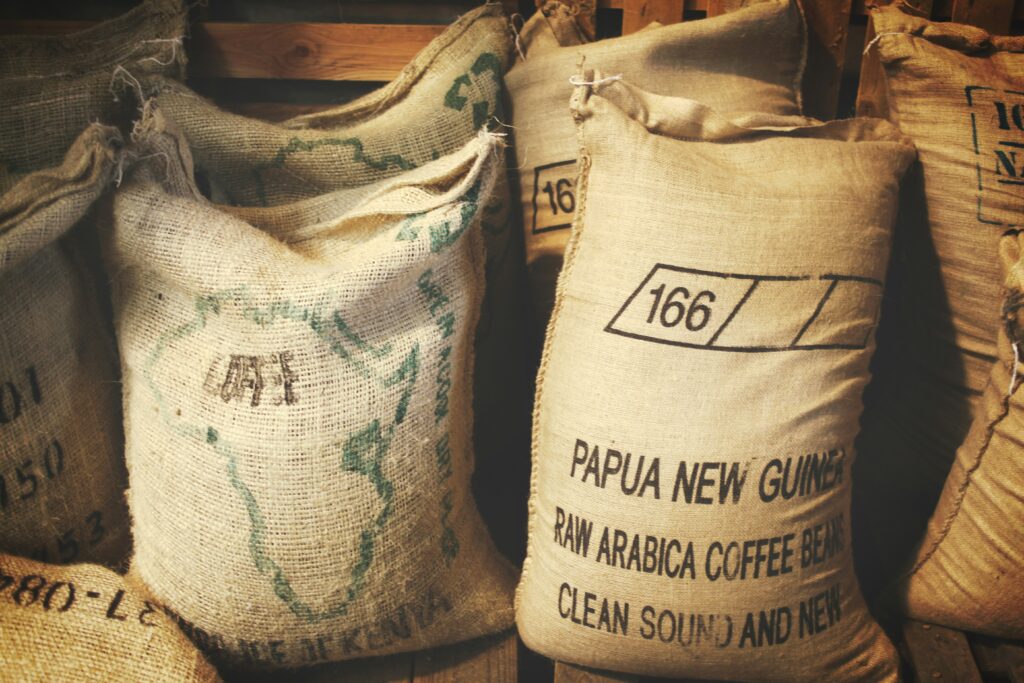Introduction to the Main Types of Jute Fibre
Jute is renowned for its unparalleled strength and affordability, positioning it as a prime candidate for the future of textiles. Second only to cotton in global textile fibre production, jute finds its primary cultivation grounds in India, Bangladesh, China, and Thailand, with additional cultivation in southwest Asia and Brazil.
Known by various names such as Pat, Kosta, Nalita, Bimli, or Mesta (kenaf), jute encompasses a spectrum of varieties, with kenaf, also referred to as Mesta or Ambari (Hibiscus cannabinus), recognised as a subtype of jute. Cultivated across the Indian subcontinent, Thailand, China, and Africa, jute presents two principal types: white jute (Corchorus capsularis) and dark jute or tossa (Corchorus olitorius).
With Bangladesh leading as the world’s largest cultivator of raw jute and India reigning as the foremost producer of jute goods, the global significance of this versatile fibre remains unrivalled.
Jute is a versatile and sustainable material that plays a significant role in numerous industries worldwide. Among the various types of jute cultivated, Mesta Jute, Tossa Jute, and White Jute are prominent varieties known for their distinct characteristics and applications. In this guide, we explore the key attributes of each type of jute, shedding light on their cultivation, properties, and utilisation.

Contents
Overview of Mesta, Tossa, and White Jute
Mesta Jute
Find out more about Mesta Jute here.
Tossa Jute
White Jute
Find out more about White Jute here.
Global Jute Trade Statistics
The global jute trade is a significant economic activity, with major jute-producing countries including Bangladesh, India, China, and Thailand.
- According to recent statistics, Bangladesh is the largest exporter of raw jute, accounting for a significant share of the global jute market.
- The composition of jute trade by type varies, with Mesta jute being one of the most commonly traded varieties due to its strength and versatility.
Conclusion
As a pivotal player in the realm of sustainable materials, jute continues to captivate industries and consumers alike with its eco-friendly benefits and diverse applications. Understanding the nuances of the different varieties of jute opens up a world of possibilities, highlighting the unique qualities and uses of each type.
Whether it’s the robustness of Mesta jute, the elegance of Tossa jute, or the versatility of White jute, these varieties collectively contribute to the enduring legacy of “Golden Fibre.” MASK Associates has a three-decade-long history in the manufacture and export of all grades of jute fibre. Visit our corporate site for more information on how we can meet your jute needs.
By exploring the distinctive characteristics and regional nuances of jute species, we gain a deeper appreciation for the rich tapestry of jute cultivation and trade worldwide.
